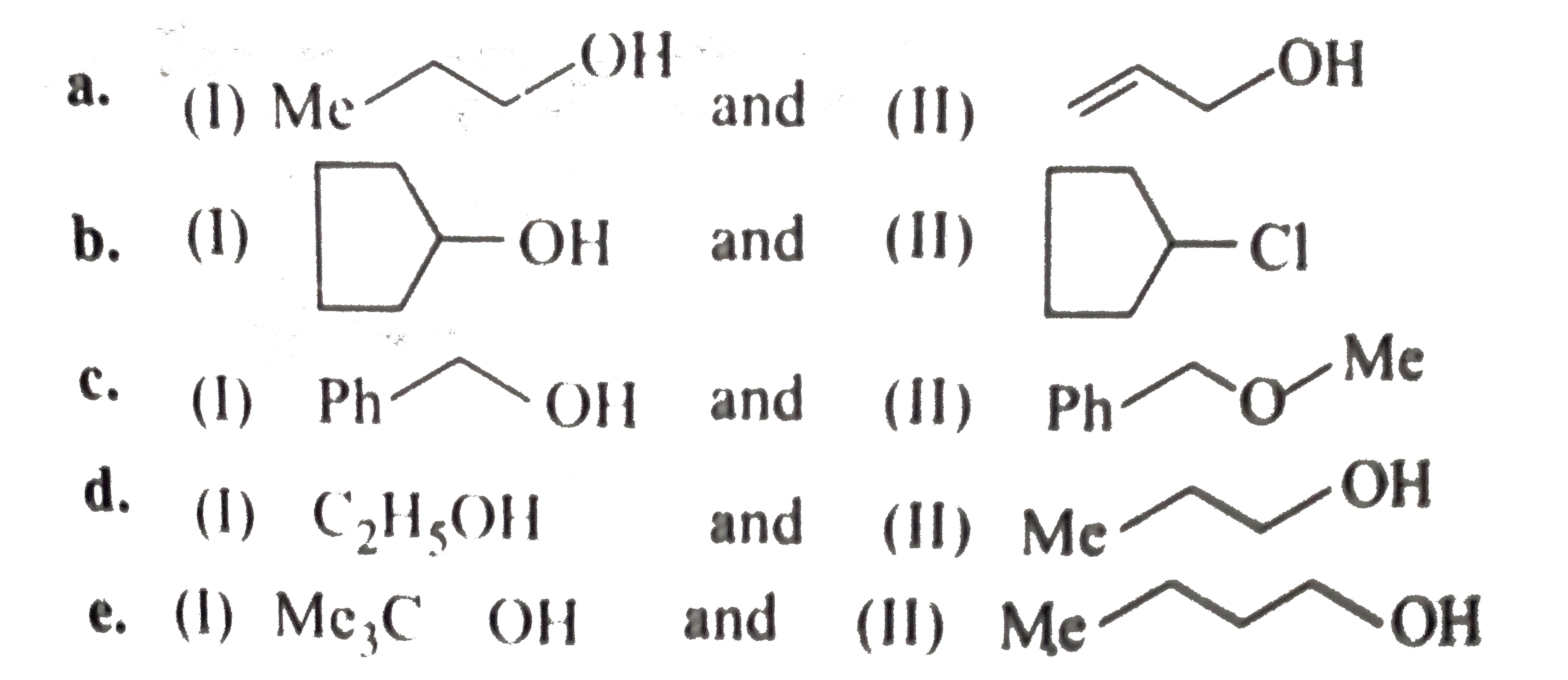Distinguish between the following.
Gymnosperms and angiosperms
To distinguish between Gymnosperms and Angiosperms, we can compare their key characteristics:
1. Definition:
- Gymnosperms: These are plants that produce naked seeds, meaning their seeds are not enclosed in an ovary or fruit.
- Angiosperms: These are flowering plants that produce seeds enclosed within a fruit.
2. Seed Formation:
- Gymnosperms: They do not form fruits. The seeds develop on the surface of cones or other structures.
- Angiosperms: They form seeds that are enclosed within fruits after fertilization.
3. Reproductive Process:
- Gymnosperms: The reproductive process does not involve double fertilization. They typically reproduce through the process of pollination and fertilization.
- Angiosperms: They undergo a unique reproductive process called double fertilization, where one sperm fertilizes the egg, and another sperm fuses with two polar nuclei to form triploid tissue (endosperm).
4. Examples:
- Gymnosperms: Common examples include conifers (like pine and fir trees) and cycads.
- Angiosperms: Common examples include flowering plants such as roses, sunflowers, and agricultural crops like grains.
5. Additional Characteristics:
- Gymnosperms: Generally, they have needle-like leaves and are often evergreen.
- Angiosperms: They exhibit a wide variety of leaf shapes and sizes and can be either deciduous or evergreen.
Summary Table:
| Feature | Gymnosperms | Angiosperms |
|-------------------------|--------------------------------|---------------------------------|
| Seed Type | Naked seeds | Seeds enclosed in fruits |
| Fruit Formation | No fruit formation | Fruits present |
| Reproductive Process | No double fertilization | Double fertilization |
| Examples | Conifers, cycads | Roses, grains, sunflowers |
- Gymnosperms: These are plants that produce naked seeds, meaning their seeds are not enclosed in an ovary or fruit.
- Angiosperms: These are flowering plants that produce seeds enclosed within a fruit.
- Gymnosperms: They do not form fruits. The seeds develop on the surface of cones or other structures.
- Angiosperms: They form seeds that are enclosed within fruits after fertilization.
- Gymnosperms: The reproductive process does not involve double fertilization. They typically reproduce through the process of pollination and fertilization.
- Angiosperms: They undergo a unique reproductive process called double fertilization, where one sperm fertilizes the egg, and another sperm fuses with two polar nuclei to form triploid tissue (endosperm).
- Gymnosperms: Common examples include conifers (like pine and fir trees) and cycads.
- Angiosperms: Common examples include flowering plants such as roses, sunflowers, and agricultural crops like grains.
- Gymnosperms: Generally, they have needle-like leaves and are often evergreen.
- Angiosperms: They exhibit a wide variety of leaf shapes and sizes and can be either deciduous or evergreen.
|-------------------------|--------------------------------|---------------------------------|
| Seed Type | Naked seeds | Seeds enclosed in fruits |
| Fruit Formation | No fruit formation | Fruits present |
| Reproductive Process | No double fertilization | Double fertilization |
| Examples | Conifers, cycads | Roses, grains, sunflowers |
Topper's Solved these Questions
- EVOLUTIONBOOK - PEARSON IIT JEE FOUNDATIONCHAPTER - EVOLUTIONEXERCISE - APPLICATION AND ANALYSIS
25 Videos
- EVOLUTIONBOOK - PEARSON IIT JEE FOUNDATIONCHAPTER - EVOLUTIONEXERCISE - ASSERTIONS AND REASONS
8 Videos
- EVOLUTIONBOOK - PEARSON IIT JEE FOUNDATIONCHAPTER - EVOLUTIONEXERCISE - TEST YOUR CONCEPTS (Match the entries of column 1 with those of Column 2.)
2 Videos
- ECOLOGYBOOK - PEARSON IIT JEE FOUNDATIONCHAPTER - ECOLOGYEXERCISE - QUICK RECAP
3 Videos
- LIFE PROCESSES IN HUMAN BEING-I (DIGESTIVE AND EXCRETORY SYSTEMS)BOOK - PEARSON IIT JEE FOUNDATIONCHAPTER - LIFE PROCESSES IN HUMAN BEING-I (DIGESTIVE AND EXCRETORY SYSTEMS)EXERCISE - ASSESSMENT TESTS (ANSWER THE QUESTIONS)
7 Videos
Similar Questions
Distinguish between the following pairs:
a. and
and 

View SolutionDistinguish between the following pairs:
a. (I)
View SolutionGymnosperms|Angiosperms|OMR
View SolutionDistinguish between the following.
Prokaryotes and eukaryotes
View SolutionDistinguish between the following.
(a) Monera and Protista on the basic of nucleus.
(b) Fungi and Plants on the basis of mode of nutrition
(c) Gymnosperms and angiosperms on the basis of fruits
View SolutionDistinguish between the following.
Invertebrates and vertebrates
View SolutionGymnosperm|Angiosperm|OMR
View SolutionName the sex organs of gymnosperms and angiosperms
View SolutionDistinguish between the following.
Protochordates and vertebrates
View SolutionMention the differences between gymnosperms and angiosperms.
View Solution
